- Home
- /
- Product Management
- /
- 12 Pricing Strategies Companies Use…
Introduction
Ever walked into a store for one item and ended up with a full shopping cart? Or subscribe to a free app only to find yourself paying for premium features later? These aren’t coincidences — they’re the result of sophisticated pricing strategies designed to part you from your money. Let’s take a closer look at twelve of these tactics that companies use to keep their cash registers ringing.
Types of Pricing Strategies
Loss Leader Strategy

How It Works
First on the list is the Loss Leader Strategy. This one’s a classic. Retailers deliberately sell certain items at a loss to lure you into the store. The idea is simple: get you in with a deal that’s too good to pass up, hoping you’ll pick up other, more profitable items along the way.
Example
Think of that $1 gallon of milk that’s cheaper than anywhere else. You go in for the milk but end up buying bread, eggs, and maybe a couple of snacks. The store loses money on the milk but makes a tidy profit on everything else you toss into your cart.
Razor and Blade Strategy

The Concept
Next, we have the Razor and Blade Strategy. This strategy is all about selling you the initial product at a very low price, often at a loss, and then making money on the consumable parts.
Real-World Applications
The best example? Razors and their replacement blades. You get the razor handle for almost nothing, but the blades? They cost a fortune. Printers and ink cartridges follow a similar model. The printer is cheap, but replacing the ink can feel like taking out a mortgage.
Bundling

Strategy Explained
Ever bought a phone and got earphones or a case at a discount? That’s Bundling. Companies package products together, often at a lower cost than purchasing them separately.
Benefits for Both Parties
It feels like a deal because you’re getting more for less, but it also helps the company move more products. It’s a win-win. Bundling can also help clear out less popular items by pairing them with bestsellers, increasing the perceived value of the overall package.
Penetration Pricing
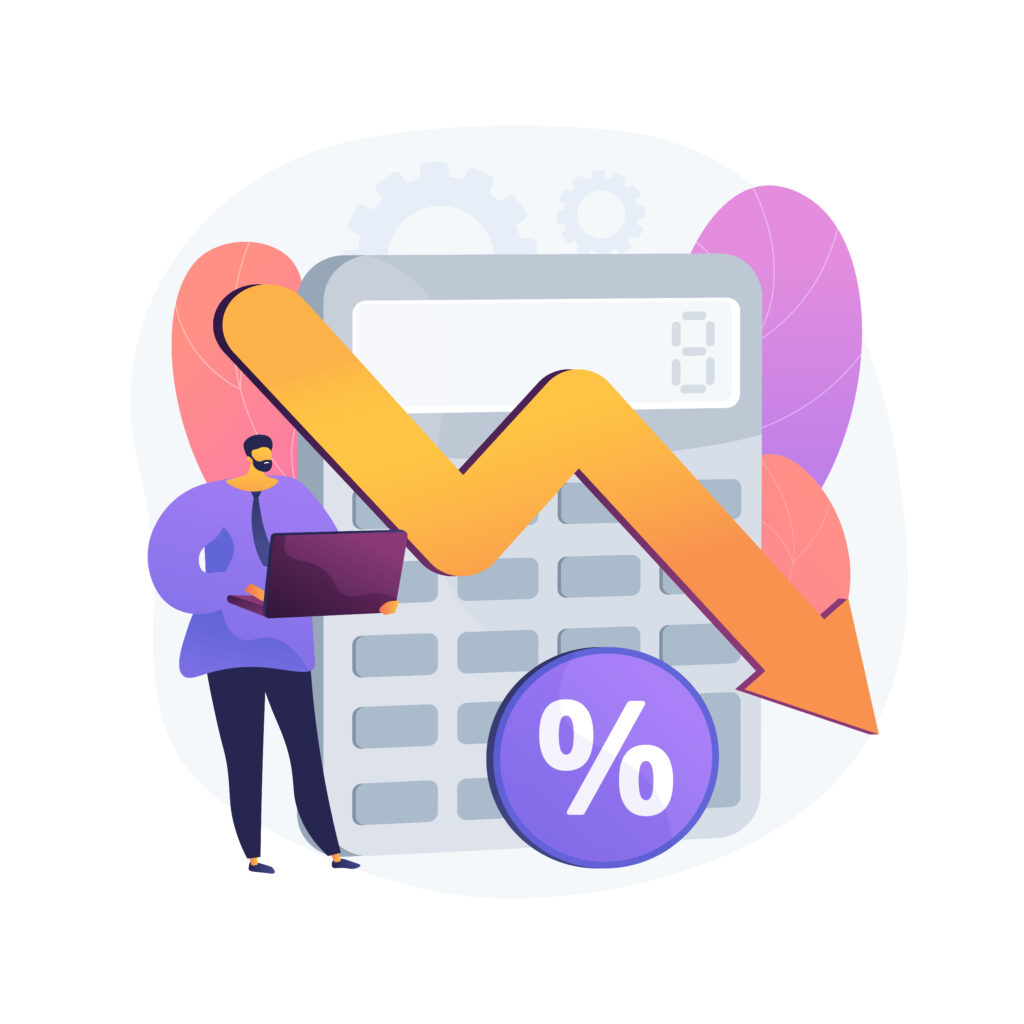
Initial Hook
Penetration Pricing is a strategy in which businesses launch a product at a low price to attract customers quickly.
Long-Term Impact
Once you’re hooked, the prices slowly start to climb. It’s a great way to gain market share quickly and build customer loyalty. You get used to the product, and before you know it, you’re willing to pay more without thinking twice.
Skimming Pricing
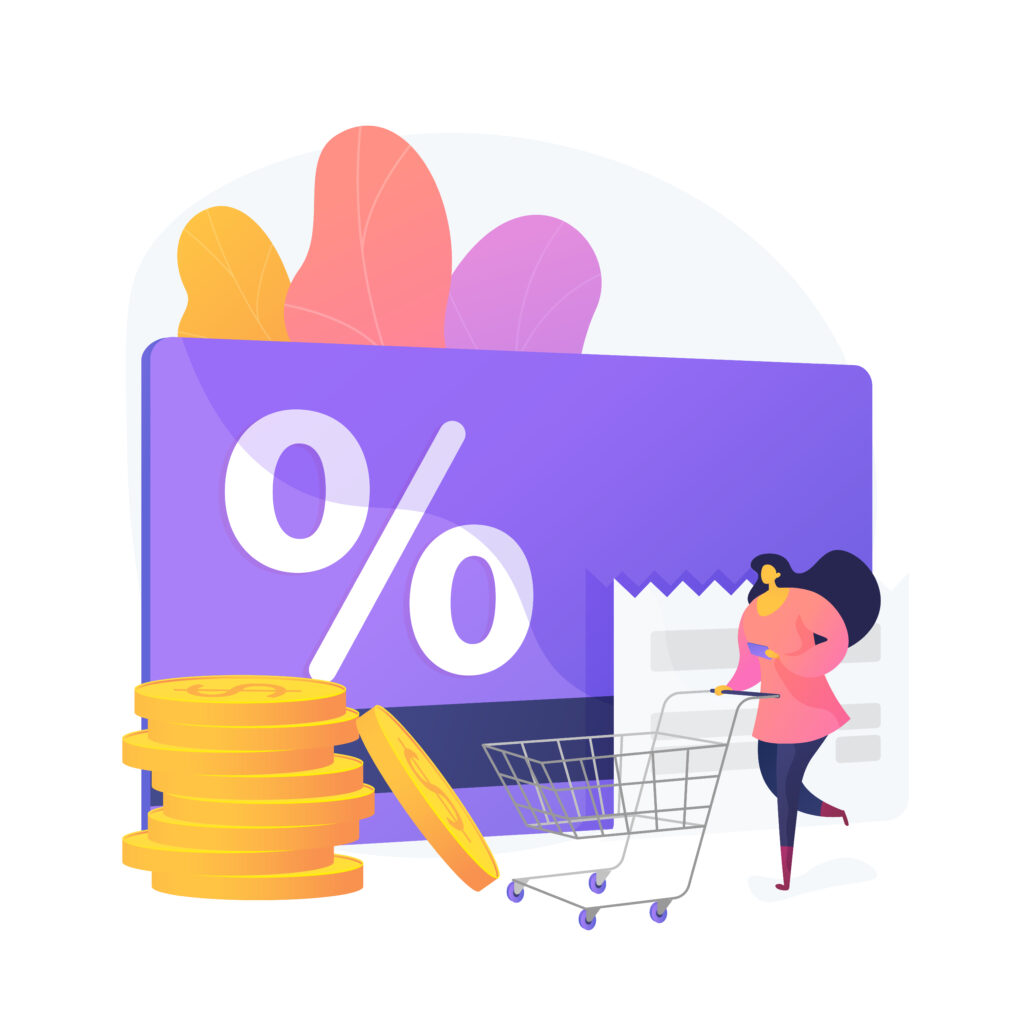
High Initial Price
On the flip side, we have Skimming Pricing. This is when companies set high initial prices to target early adopters who are willing to pay a premium for the latest and greatest.
Price Adjustment Over Time
Over time, the price drops to attract more price-sensitive customers. Think of the latest smartphones or high-end tech gadgets. Early adopters pay top dollar, and as the hype fades, the price becomes more affordable to the general public.
Psychological Pricing

The Perception Game
Ever noticed how prices are often set just below a round number, like $9.99 instead of $10? This is Psychological Pricing at work.
Consumer Behavior
The idea is to make the price appear lower than it is. A one-cent difference can have a significant impact on how we perceive the cost. It’s a small trick, but it’s incredibly effective in driving sales.
Price Discrimination
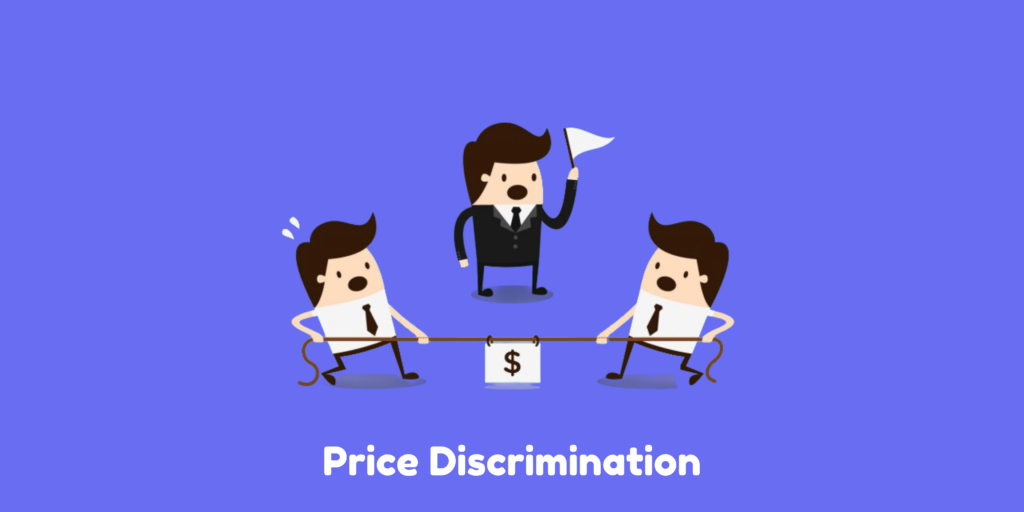
Tailored Pricing
Price Discrimination occurs when companies charge varying prices to different groups of people for the same product. Students, seniors, and military personnel often get discounts.
Market Segmentation
This strategy helps maximize sales by catering to different segments of the market, each with its willingness to pay. By adjusting prices, companies can attract a wider range of customers without alienating anyone.
Freemium Model
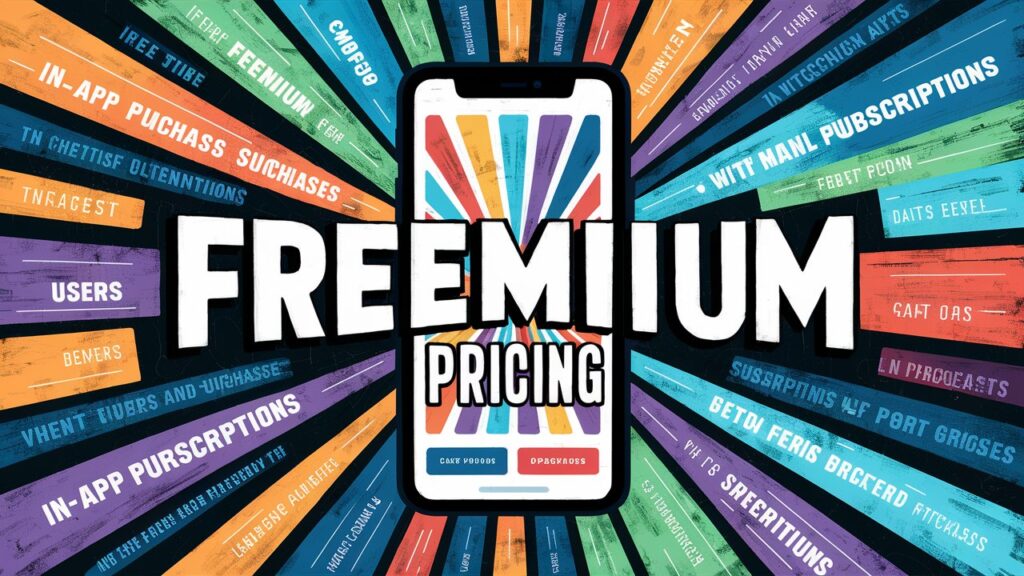
The Hook
The Freemium Model is popular in the software and online services industry. Basic services are offered for free, but premium features require payment.
Conversion to Paid Users
You get hooked on the free version, then upgrade to the premium for those extra features. It’s a great way to build a large user base quickly and then convert a portion of them into paying customers.
Pay What You Want

Customer-Driven Pricing
Then there’s the Pay What You Want strategy. This one is fascinating. Customers set their prices for a product.
The Risk and Reward
It’s risky, but it can build a loyal, generous customer base. This approach often works well for digital products and services where the production costs are low. It relies on the honesty and generosity of customers, sometimes leading to surprisingly high revenues.
Dynamic Pricing

Price Flexibility
Dynamic Pricing occurs when prices vary in response to demand. Airlines and hotels use this strategy all the time.
Real-Time Adjustments
Prices rise during peak travel periods and fall when demand is low. This way, companies maximize revenue by adjusting prices in real time according to demand and supply conditions.
Flash Sales
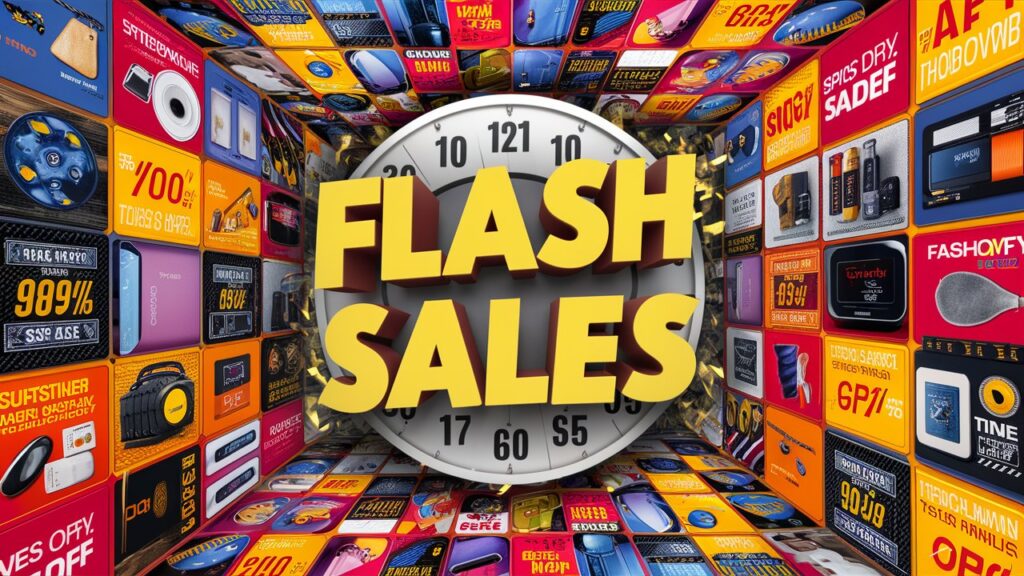
Creating Urgency
Who doesn’t love a Flash Sale? These are huge discounts offered for a limited time to create urgency.
Driving Impulse Purchases
It’s all about FOMO—fear of missing out. These quick sales generate a lot of excitement and can boost short-term sales significantly. The limited-time nature drives impulse purchases, which can be very profitable for companies.
Membership/Subscription Pricing
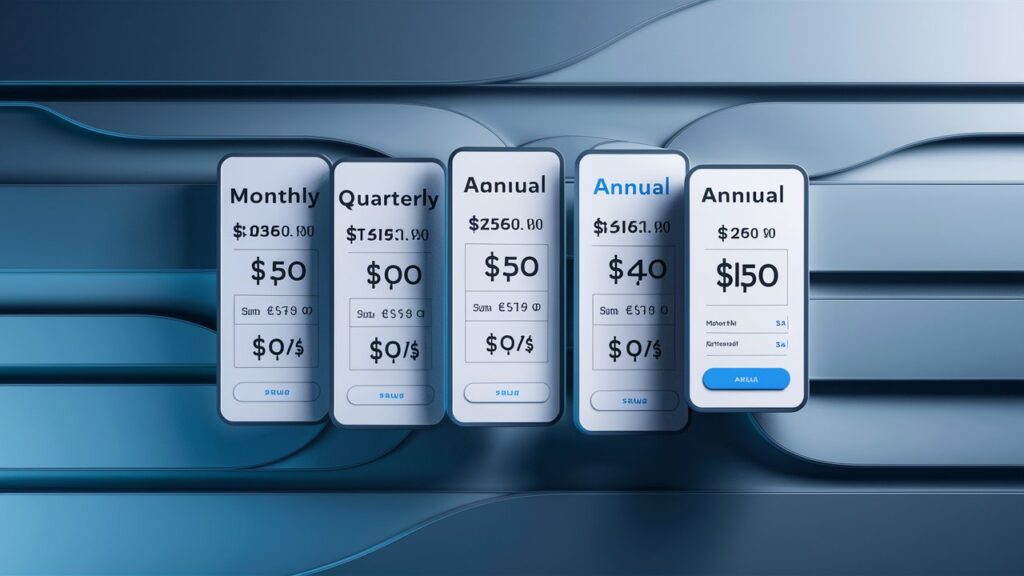
Regular Income
Finally, we have Membership/Subscription Pricing. Pay a monthly or yearly fee to access services, keeping you loyal and providing the company with steady revenue.
Long-Term Relationships
It’s convenient for you and provides a consistent income for them. Subscriptions also encourage long-term customer relationships and can lead to higher lifetime value. Think streaming services, gym memberships, and software subscriptions.
Conclusion

So next time you find yourself reaching for your wallet, you’ll know the game. These strategies are ubiquitous, subtly influencing our purchasing decisions. Now that you’re armed with this knowledge, you can be a more savvy shopper and maybe even resist some of those temptations!
Enjoyed this article? Want to learn about Funnels? Check it out here. Curious about Product Management Frameworks? Find out more here.

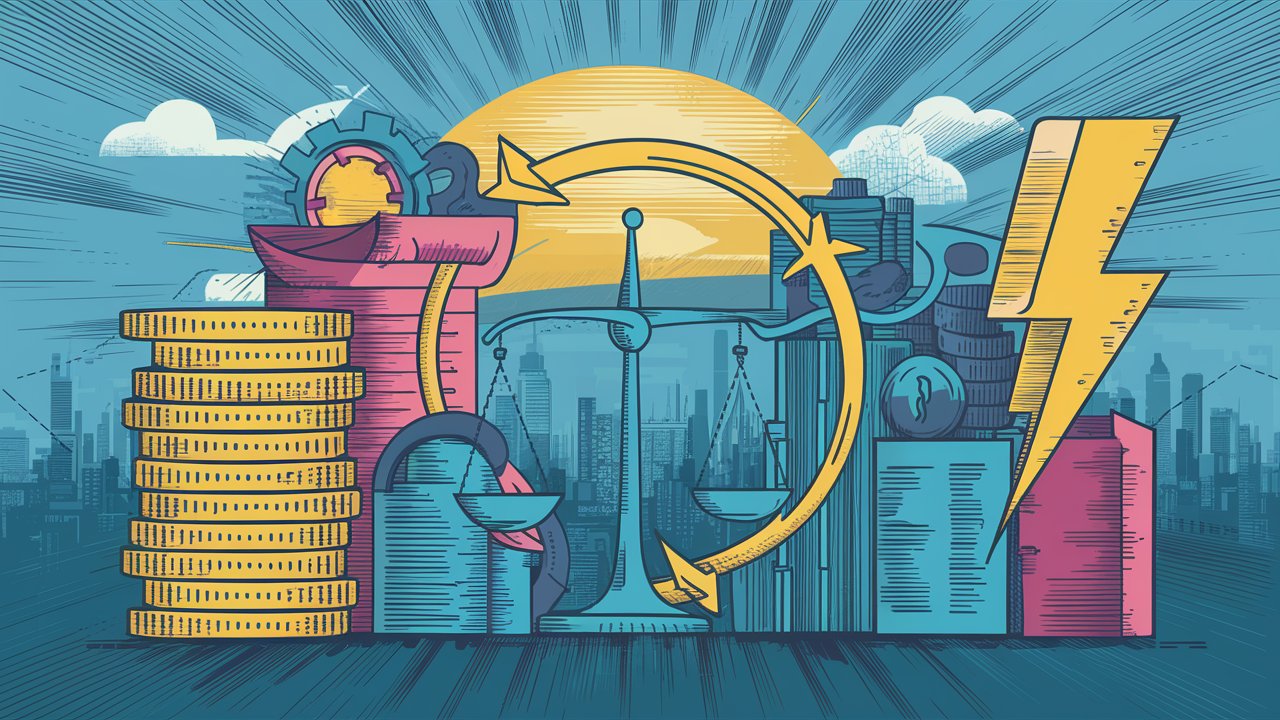



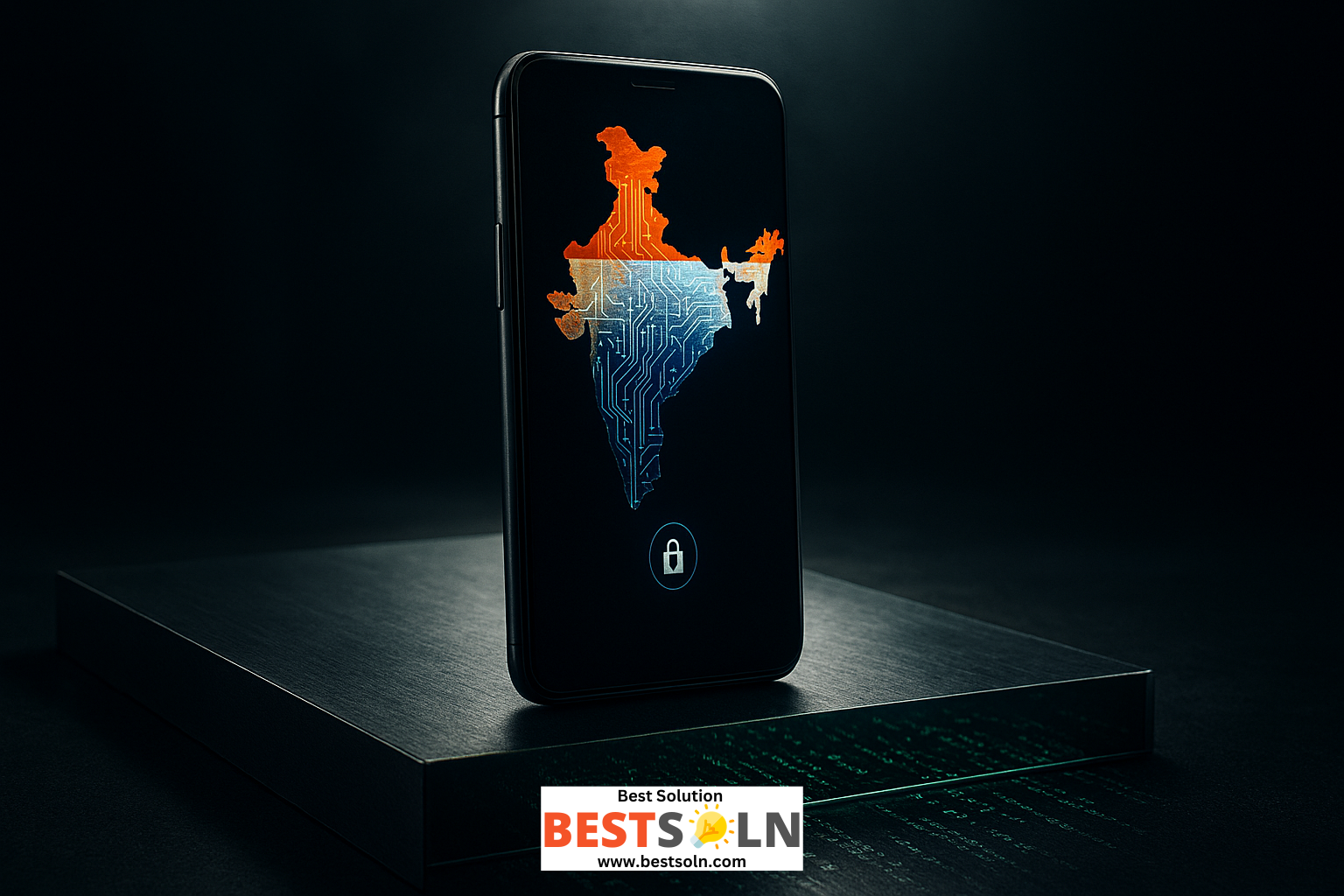

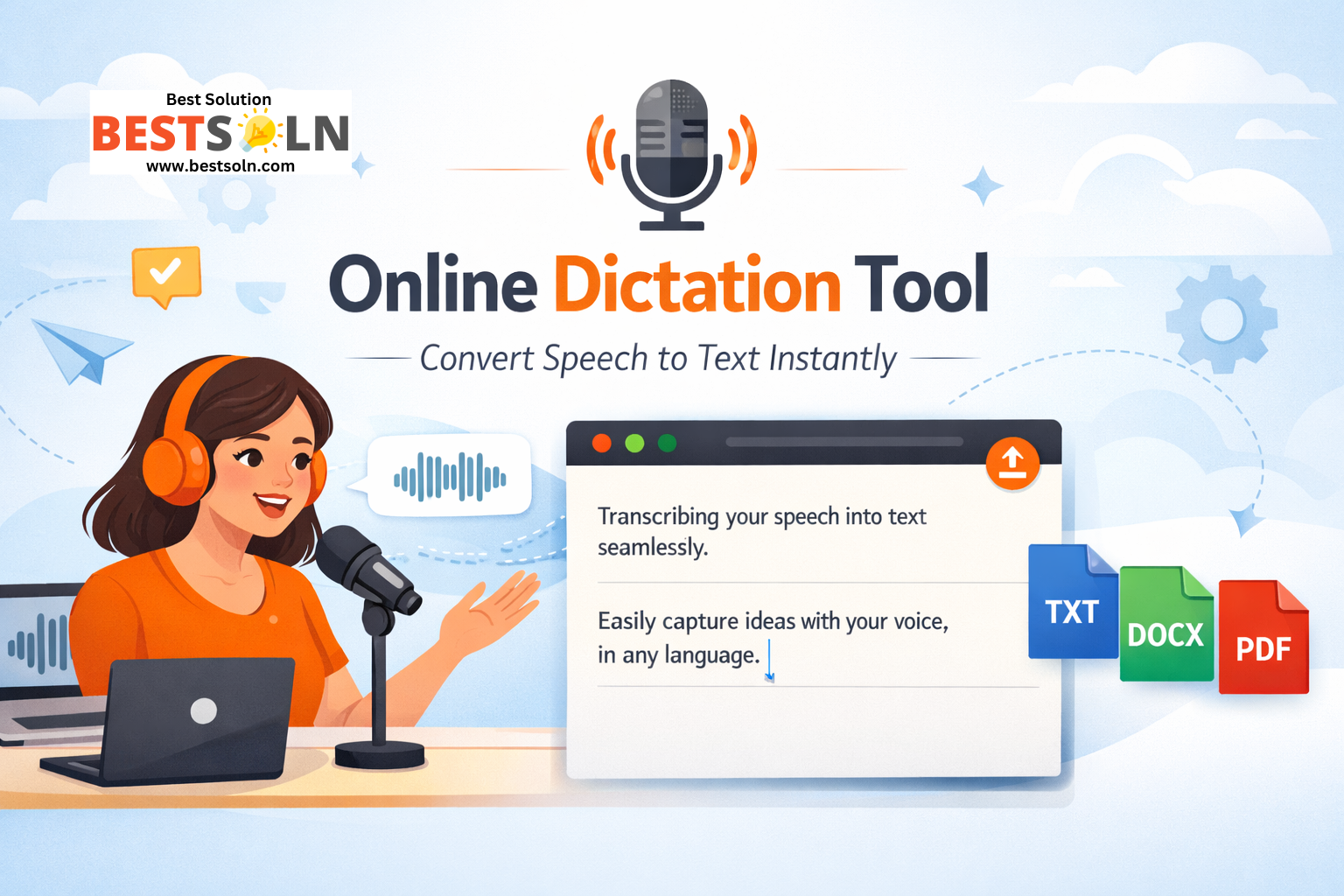
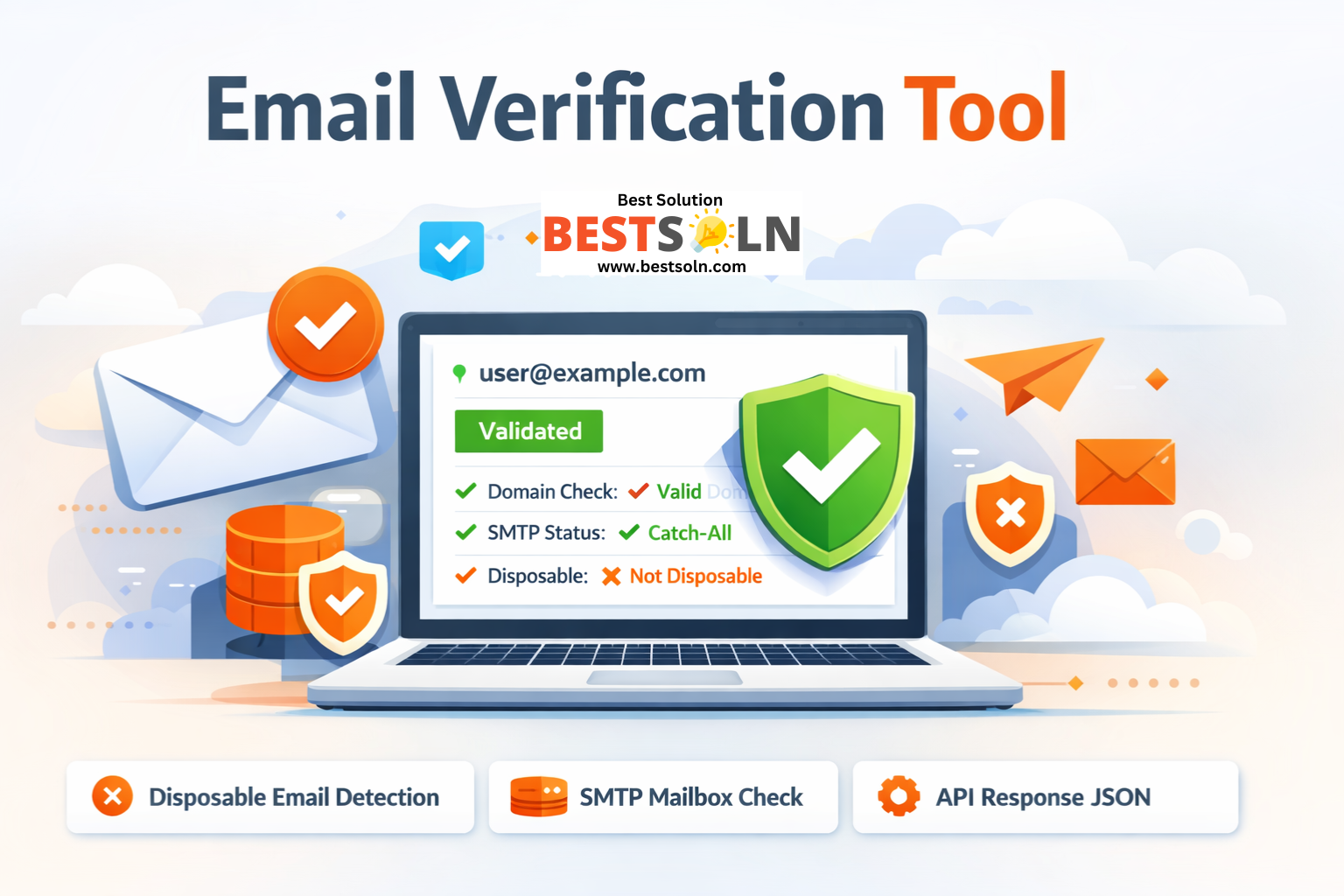
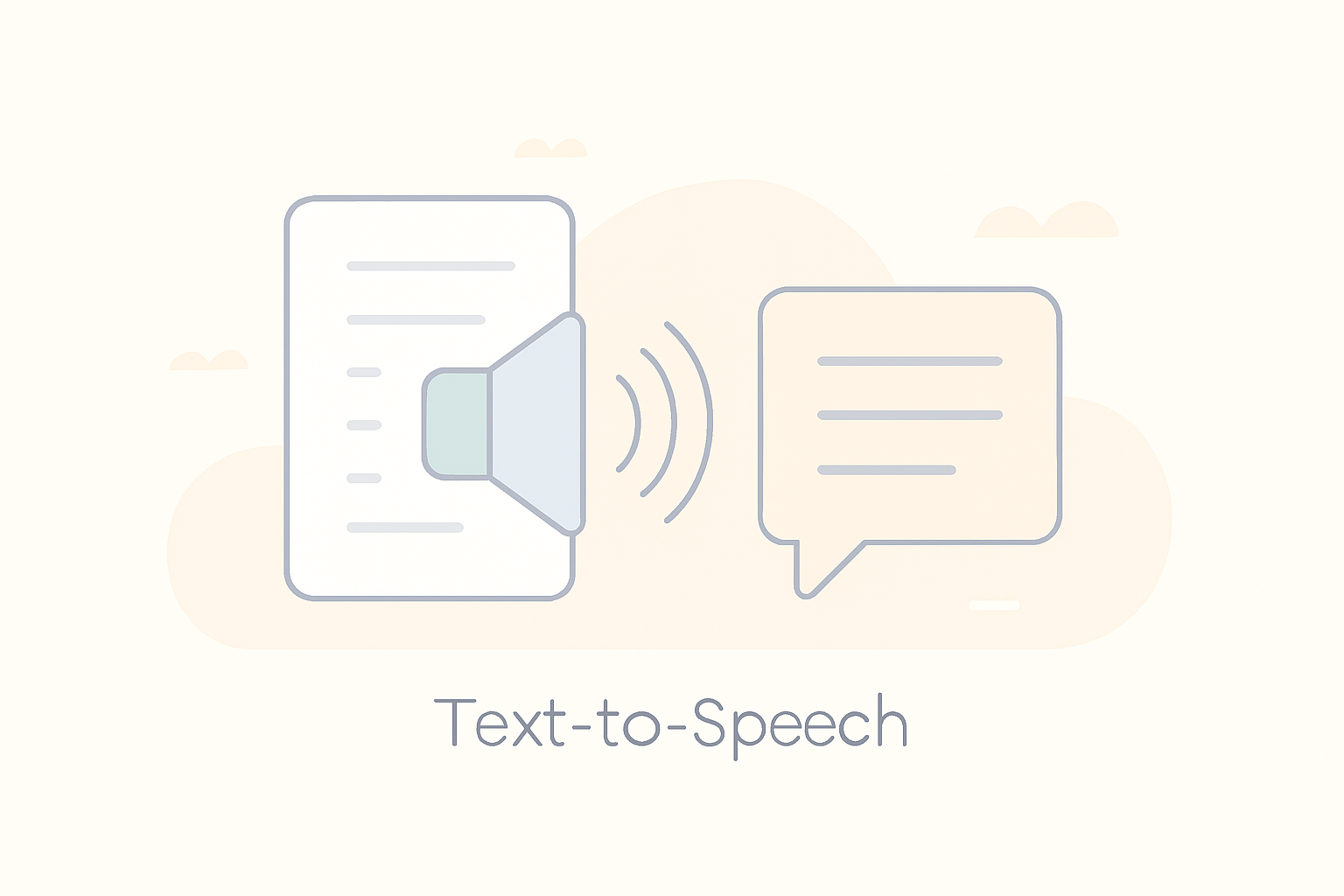

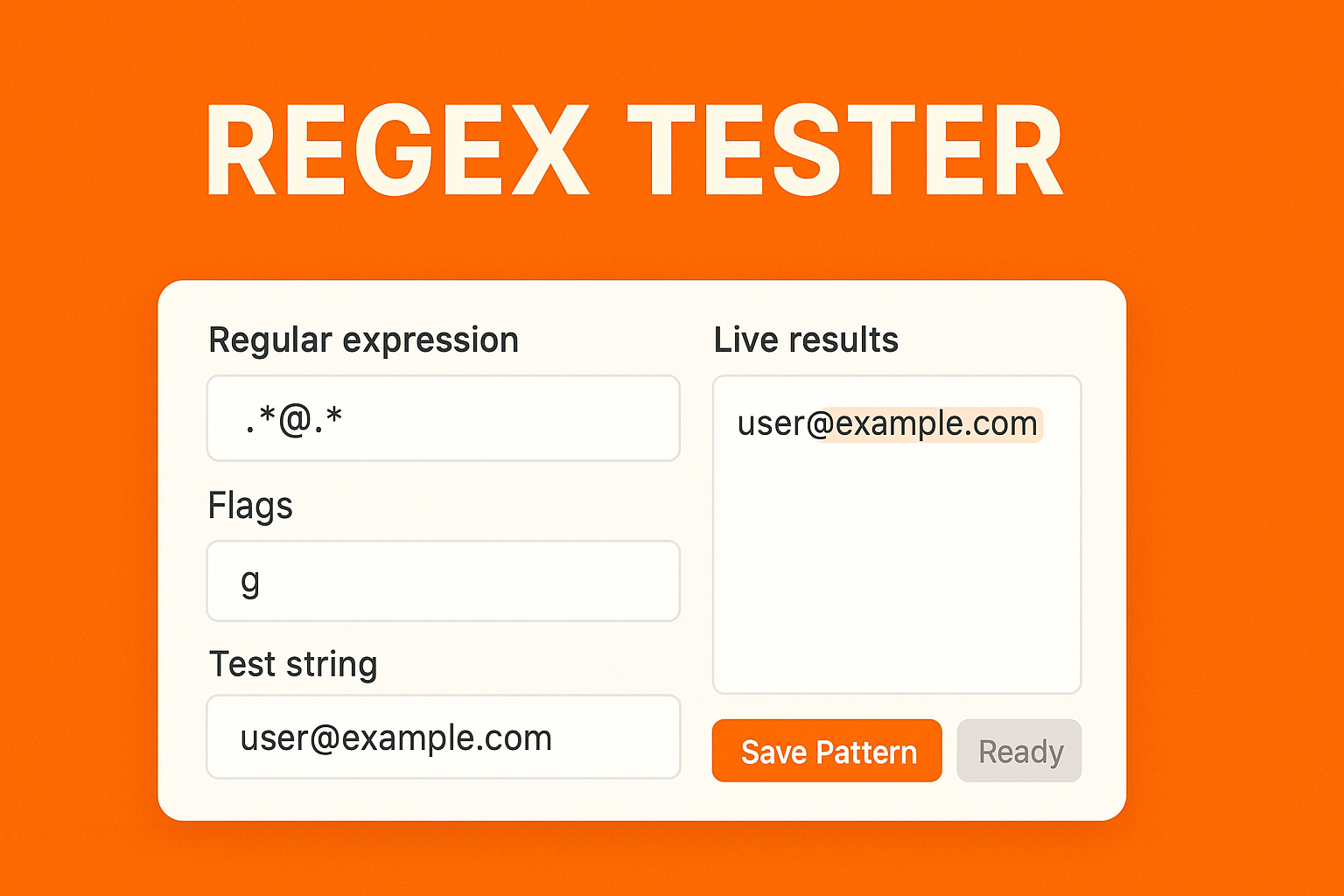








Leave a Reply